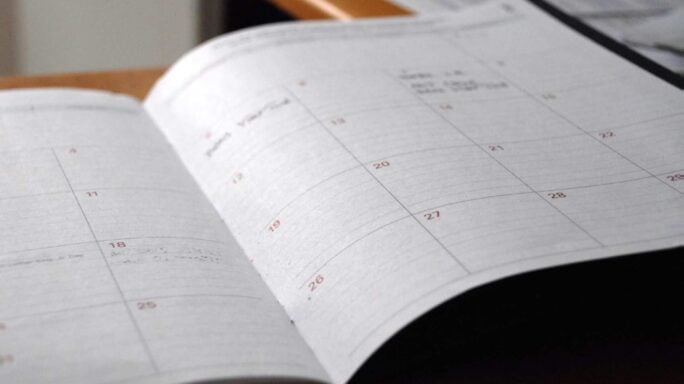Money Matters
Checklist: How to prepare a profit and loss (P&L) statement

Whether you’re getting ready to launch your start-up, or you are an established business, you need to be able to measure your results. What is one of the best indicators of performance and business health? Easy – the amount of profit you have generated.
The best way to see this is by using your P&L. A profit and loss statement (P&L or an income statement) provides a financial snapshot of a business over a specific period of time. The statement includes business income, operating costs, and expenses used to calculate total business profit or loss for a specified financial period.
P&L statements can help you manage your business better and keep your financials on track. A monthly statement can be used to help monitor the performance of your business against stated projections—reflecting a profit, loss, or break-even situation. If problems are identified within the statement you will have a chance to correct before anything gets out of hand.
What is managing a P&L?
Businesses need to make informed decisions. Many of those decisions are only possible through a careful review of a profit and loss statement. Managing a P&L involves the responsibility of modeling expenditure, monitoring financial target progress, and informing others of about what you learn.
Someone has to be held accountable for the performance of a business. Filing tax returns, communicating with shareholders, and making management decisions depend on the responsible management of a profit and loss statement. The responsibility of managing a P&L is what underpins all financial accountability within a business, as well as creates an accurate record of that business’s performance.
How to calculate profit and loss
How you use your P&L statement affects the level of detail required to create the statement. You may choose to monitor only a high-level overview of the business, or you may want to break down data by department or product line to pinpoint income and expenditure more precisely.
Establish recording systems. Effective systems and procedures need to be set up to record the necessary information for inclusion in your P&L statement. Consider where you can gain efficiencies in preparing these statements; your time is precious and should be used making business decisions.
1. Gather your data
● All sales invoiced for the period. Sales are based on the date of the sale or invoice date, and not on the actual date on which the customer pays.
● Expenses generated. This includes administrative expenses, R&D expenses, interest, taxes
● The value of any stock held. The value should reflect the opening and closing balances. The closing balance may be higher or lower than the opening balance, depending on the sales and purchasing activities during the period.
● All purchases and operating expenses (overhead and labor associated with your business operations – rent, inventory, marketing budget, payroll), except capital items (e.g. machinery or furniture) à these end up on your balance sheet
● Depreciation expense of your capital items (i.e. equipment, property, buildings, etc).
2. Check accuracy
Ensure your figures are correct. Do not include purchases of items that are classified as capital expenditures, such as company vehicles or equipment as they are not directly related to day-to-day operations. You can, however, include an amount to cover the depreciation of the capital items.
3. Prepare the statement
Once you have gathered all the information required, you are ready to produce your P&L statement.
4. Ensure regular preparation of P&L statements
To keep tight control on your business financials, a new P&L statement should be prepared at the end of each month. Some small businesses opt to prepare statements more infrequently, for example, quarterly or half-yearly.
5. Investigate discrepancies and reconcile
Check for any discrepancies revealed by your P&L statement. Careful monitoring will enable you to identify issues that can impact financial results.
6. Analyze
Now that you have your statement prepared, how do you use the data to make business decisions? Consider metrics like gross margin, operating margin, net profit margin, ROE/ROA, inventory turnover to understand the health and direction of your business.
Editor’s note: This article was originally published December 2017 and has been updated for relevance.








Ask the author a question or share your advice